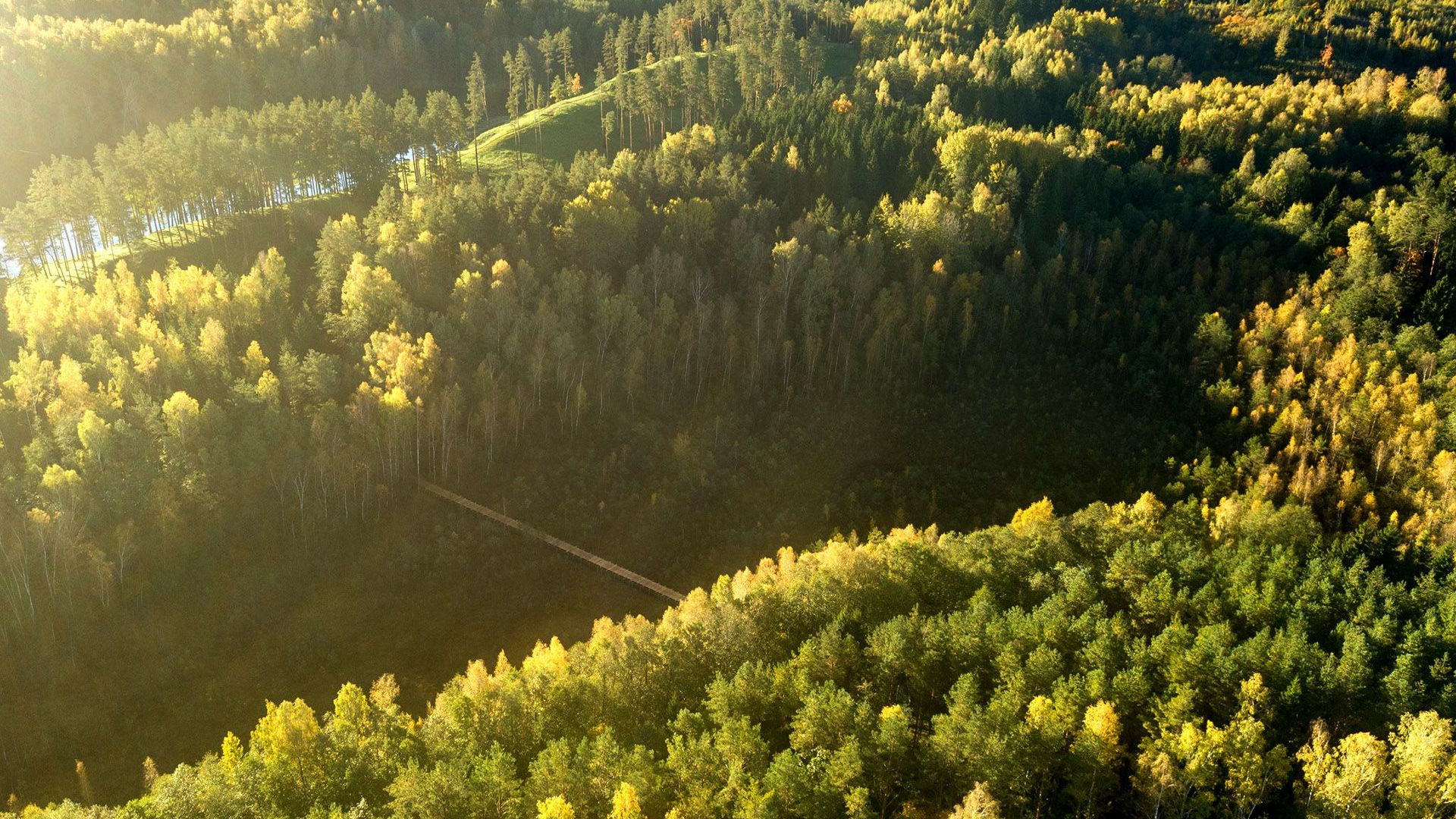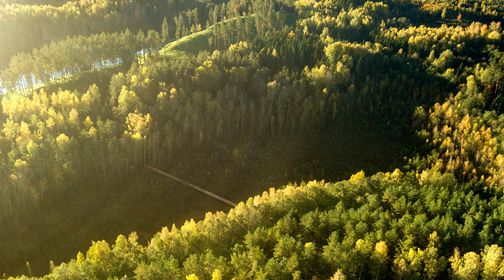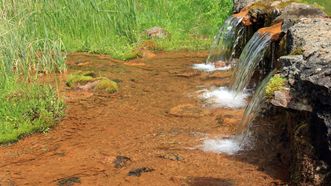
The Širvėna Regional Park stands out with a distinctly hilly relief of the Švenčioniai Uplands, where scattered villages, isolated homesteads, hillforts, burial mounds, sacrificial hills, unique trees, and springs are spread out. Almost every area is surrounded by legends and tales.
The system of winding rivers, streams, and expanding lakes in the Švenčioniai Uplands belongs to the basins of the Daugava and Nemunas rivers. In the watershed, the Čiūlėnai Ridge separates the Miškinys–Ilgis–Šventa–Beržuvis and Kančioginas–Sirvėta–Sėtikė lake basins. These lakes in the latter basin are connected by a stream that changes its name as it flows: Žeimenėlė, Sirvėta, Kančiogina, Erzvėta, Birvėta. In the northern part of the regional park is the highest point of the Švenčioniai Uplands – Nevaišiai Hill (289 m). Interestingly, raindrops falling here at the same time in a small area travel in different directions: some through the Daugava River, others through the Nemunas River.
The natural objects of the regional park, such as the age-old and uniquely shaped Adamavas and Stanislavas oaks, the Linden Arbor, and the Linas Springs – are natural monuments important from both natural and mythological perspectives.
The living nature of the regional park is rich in rare plant and animal species. In the Saločiai marshes, there are golden beetles, small sundew, and red-bellied frogs. In the young forests surrounding the lake, the cooing of cuckoos, which has become a symbol of the Širvėna Regional Park, can be heard.
The existence, customs, and values of the people who lived in the lands of Nalšia are evidenced by the hillforts of Aučynai, Rakšteliai, Kačėniškė, Stūglinė, which still give their names to the nearby villages, ancient sacred sites, and ancestral burial grounds.
As if echoes of the past, the region still echoes with traditional songs, which are included in the UNESCO Intangible Cultural Heritage list.














